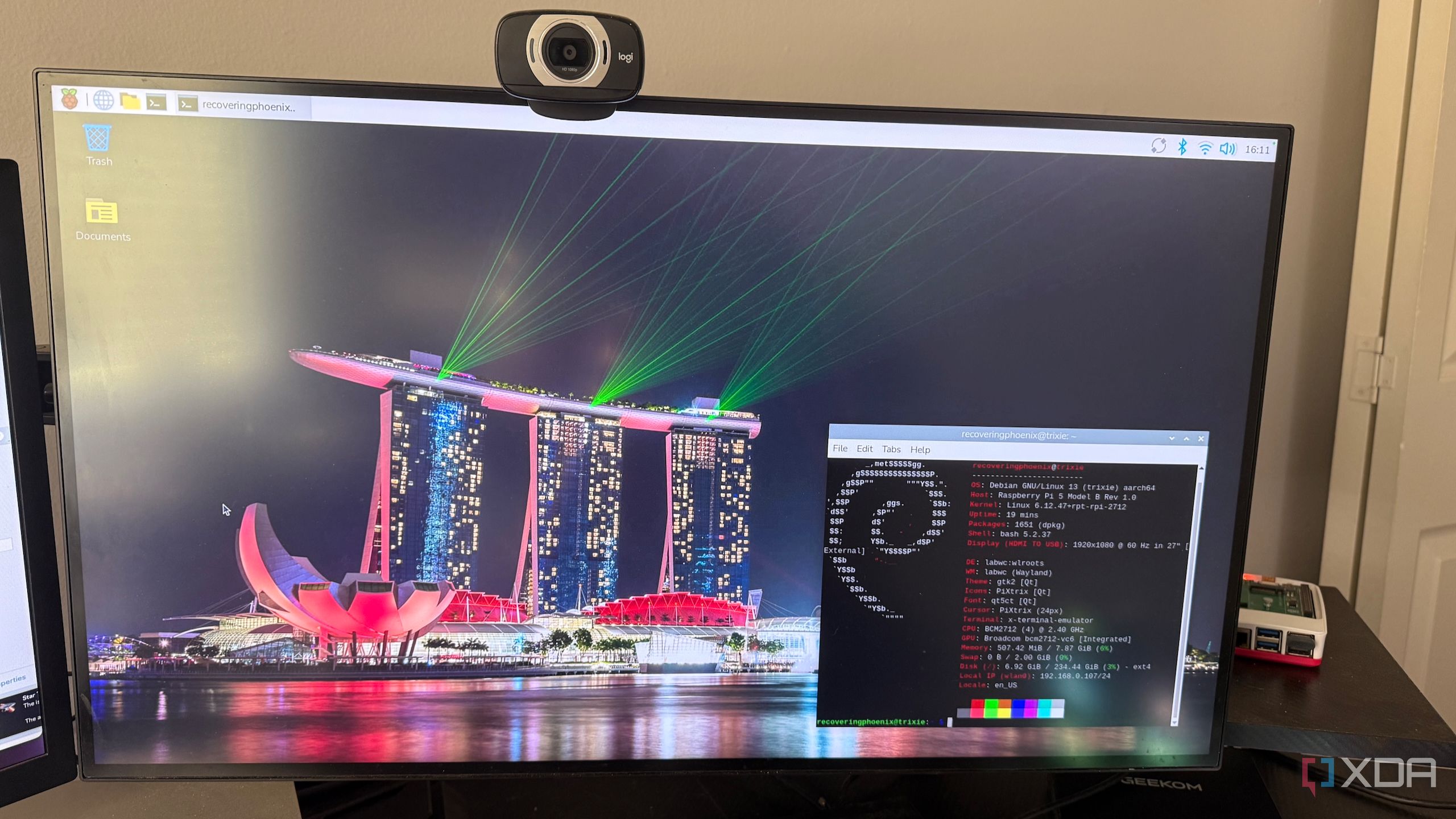Top Stories
Companies Mislabel Software as Open-Source, Users Face Confusion

URGENT UPDATE: A growing trend among tech companies is leading to widespread confusion over what constitutes true open-source software, raising serious concerns for users and developers alike. Just this month, Meta and Elastic have come under scrutiny as they shift their licensing practices, prompting urgent conversations about the implications for the open-source community.
The debate centers on the crucial difference between “open-source” and “source-available” software. While many companies tout their products as open, the reality is often far less transparent. This situation has immediate repercussions for developers who rely on clear guidelines and freedoms to innovate and collaborate.
Why This Matters NOW: As companies like Meta release software under restrictive licenses—such as the recently launched Llama model—users are left to navigate a minefield of misleading terms. The Llama model, while made available for research, explicitly prohibits commercial use, raising questions about its classification as “open-source.” Such restrictions contradict the freedoms typically associated with genuine open-source projects, leading to a significant loss of flexibility for users.
In another high-profile case, Elastic has transitioned from an open-source model to a source-available one, limiting redistribution rights. This shift has sparked intense debate about the sustainability of open projects and their ability to thrive without being fully free. Similarly, Redis, once a beacon of open-source databases, now imposes commercial use limitations, showcasing how corporate interests can quickly alter the landscape.
Real-World Impact: The ramifications of these developments are profound. Users who expect the freedoms offered by genuine open-source licenses—such as the GNU General Public License (GPL) and Apache 2.0—are discovering that many products labeled as open-source are, in fact, severely restricted. This erosion of trust can stifle innovation and diminish community engagement in projects that should be collaborative and accessible.
The Open Source Initiative (OSI) has been vocal about maintaining clarity in licensing. They stress that any license imposing restrictions, such as prohibiting commercial use, disqualifies software from being truly open-source. This distinction is crucial for users who want to ensure they are supporting projects that align with the principles of shared ownership and accountability.
What’s Next? As this conversation evolves, users and developers are urged to pay close attention to software licenses and the conditions they impose. The community must advocate for transparency and hold companies accountable for mislabeling. By supporting authentic open-source projects, users contribute to a collective pool of innovation that benefits everyone.
The stakes are high, and the future of the open-source movement hinges on understanding these critical differences. As tech companies continue to blur the lines, users must remain vigilant and informed to safeguard their rights and ensure the continued vitality of the open-source ecosystem.
The dialogue surrounding these issues is far from over. Stay tuned for more updates as developers and advocates push for clarity and true open-source integrity in the face of corporate challenges.
-

 World1 week ago
World1 week agoMass Production of F-35 Fighter Jet Drives Down Costs
-

 World7 days ago
World7 days agoGlobal Air Forces Ranked by Annual Defense Budgets in 2025
-

 Top Stories7 days ago
Top Stories7 days agoNew ‘Star Trek: Voyager’ Game Demo Released, Players Test Limits
-

 Top Stories1 week ago
Top Stories1 week agoDirecTV to Launch AI-Driven Ads with User Likenesses in 2026
-

 Lifestyle7 days ago
Lifestyle7 days agoDiscover Reese Witherspoon’s Chic Dining Room Style for Under $25
-

 Science1 week ago
Science1 week agoTime Crystals Revolutionize Quantum Computing Potential
-

 World1 week ago
World1 week agoElectrification Challenges Demand Advanced Multiphysics Modeling
-

 Science7 days ago
Science7 days agoWaning Crescent Moon: What to Expect on October 17
-

 Entertainment7 days ago
Entertainment7 days agoFreeport Art Gallery Transforms Waste into Creative Masterpieces
-

 Health7 days ago
Health7 days agoResearchers Uncover New Insights into Cancer Mortality Causes
-

 Top Stories6 days ago
Top Stories6 days agoToshiba Announces 40TB HDD for 2027, Faces Stiff Competition
-

 Health7 days ago
Health7 days agoGavin Newsom Critiques Trump’s Health and National Guard Plans









